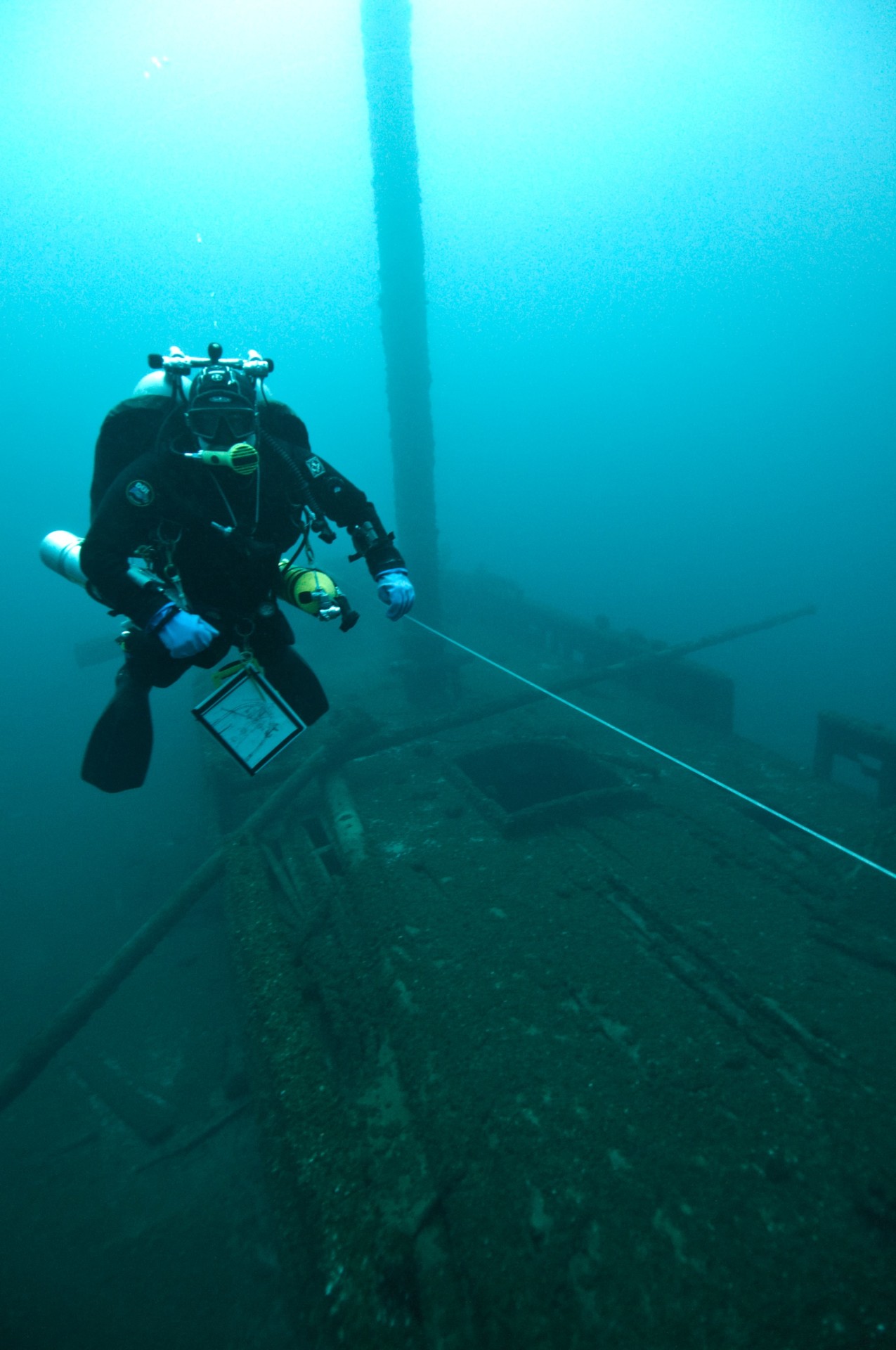If you’re considering giving scuba diving a go, you might be recalling childhood memories of deep sea divers from television or in movies and wondering how similar diving these days is.
Or maybe you’ve tried diving out and are wondering what’s involved in progressing deeper under the water.
We’re going to take a look at deep sea diving today and see that it can be divided into several categories covering both work and leisure.
We will assess the differences between regular scuba and deep hobby diving and discover the paths that are open to descend further for recreation.
And we will see what working deep underwater looks like and how it’s different from diving for fun.
So let’s dive in together and find out how it’s possible to get really deep under the sea.
- What Is Considered Deep Sea Diving?
- Is Deep Sea Diving a Recreational Hobby Like Scuba Diving?
- How Deep Can Deep Sea Divers Go?
- Does Deep Sea Diving Require Special Training?
- Do Scuba Divers & Deep Sea Divers Use Different Equipment?
- Do Deep Sea Divers Use Different Gas Than Scuba Divers?
- 5 Differences Between Scuba Diving & Deep Sea Diving
- Conclusion
- You Might Also Like…
Disclosure: this post contains affiliate links (clearly marked with ), which means we may earn a commission if you buy something through them, at no additional cost to you.
What Is Considered Deep Sea Diving?
To answer this question, we need to look at what regular scuba diving and deep diving are in a recreational (hobby) sense and how they’re different from diving for work (commercial diving).
What Is Recreational Scuba Diving?
Scuba is short for Self-Contained Underwater Breathing Apparatus.
The diver uses equipment that allows them to be underwater without a connection to the surface by carrying their own air to breathe.
The scuba unit’s mainstream invention, also known as the Aqua-Lung, by Jacques-Yves Cousteau and Émile Gagnan in the 1940’s and subsequently evolved by the Australian Ted Eldred in the 1950’s, has allowed scuba diving to become a popular hobby all around the world today.
The modern scuba system uses a high-pressure air tank combined with a two-stage regulator that allows the diver to breathe when they inhale through the demand valve in their mouthpiece.
These scuba systems are called open-circuit, which means that the air that the diver exhales goes into the water as bubbles.
There are also systems called closed-circuit where equipment called a rebreather recycles the divers exhaled air, and no or few bubbles are expelled into the water.
While both systems can be used for recreational, “for fun” hobby diving, it is the single tank, open-circuit scuba unit that people are most familiar with and where all beginners will start.
Learning to scuba dive and becoming a certified diver begins with the Open Water Diver course, which certifies you to dive to a maximum depth (usually 60 feet / 18m) with a buddy, in conditions similar to those you did your training.
60 feet / 18m is the maximum depth for entry-level recreational diving from most scuba training agencies.
The other limiting factors that also apply to all recreational scuba diving are adherence to staying within no-decompression limits and not entering any overhead environments such as caverns, caves, or wrecks that go beyond the direct line of sight of the surface.
The no-decompression limit is the maximum amount of time a diver can spend at a given depth before they end their dive and ascend directly to the safety stop and surface.
If regular recreational scuba diving is limited to 60 feet / 18m, how do hobby divers frequently go deeper?
That’s the next step: Deep Recreational Diving.
What is Deep Recreational Diving?
Recreational scuba diving training is carried out in stages to allow the knowledge to be taught in manageable chunks and divers to gain experience from putting it into practice.
To get past 60 feet / 18m, most diving agencies teach an advanced course that extends a divers limit to 100 feet / 30m.
Past 60 feet / 18m is where deep recreational diving begins, and there is then an additional in-depth deep course that certifies the student to 130 feet / 40m which is the limit of recreational scuba diving.
Both courses teach and emphasize the diver information about the issues raised by diving deeper and the need to have the resources and skills to cope with emergencies.
Of particular importance for divers heading deeper to understand are the combined factors of their air supply being used faster the deeper they go and the no-compression time limit being reached significantly more quickly.
They are further away from the surface if an emergency arises and so managing the problem becomes of increased importance while getting to safety.
Nitrogen Narcosis will also affect them more at depth, making keeping track of remaining air and time difficult and creating problems with control and coordination.
130 feet / 40m is accepted as the absolute maximum depth to which a diver with suitable recreational training and experience should go while still not exceeding no-decompression time limits.
Remember that no matter what their certification level, a recreational diver keeps within these limits so that if the need should arise, they can swim directly to the surface and remain reasonably sure of being safe from the effects of decompression sickness.
When diving exceeds these limits, it is no longer possible to access the surface directly, and a new kind of diving called Technical Diving teaches and equips the diver to manage this.
What is Technical Diving?
Technical diving, also known as tec diving, allows the hobby diver to go beyond the standard recreational diving limits of depth, no-decompression time, or commonly a combination of them both.
It can also involve training for diving in deep overhead environments like caves or shipwrecks.
Technical diving is what we nowadays can truly call non-professional, deep sea diving.
Specialized training and equipment are needed to make these sorts of dives, and without these, exceeding either or both of the recreational limits doesn’t make someone a technical diver.
Instead, they are just irresponsible and highly likely to have a (potentially fatal) accident.
Technical diving training is highly demanding, and advancements to greater depths are made in slow stages, with experience needing to be gained in between each course before the diver progresses.
Particular emphasis is placed on carrying out necessary skills repeatedly and consistently underwater in stressed situations to stay safe in an emergency.
All dives must be planned carefully, with back-up plans ready if something should go wrong.
For example, a series of stops at planned depths for fixed periods while possibly changing the gas being breathed must be made for the diver to decompress and return safely.
Technical diving can take a suitably trained and equipped individual to extreme depths.
When carried out correctly, technical dives can be extremely rewarding with the opportunity to visit areas, even in popular diving destinations, that no-one will have gone before.
What is Commercial Diving?
Commercial diving is probably the closest to what a lay-person might think of as “deep sea diving.”
Often commercial diving involves the diver carrying out specific tasks that cannot be carried out more cost-effectively by a Remotely Operated Vehicle (ROV).
These might include inspections, repairs, construction, or cleaning and are common in the off-shore oil industry.
Often commercial diving is carried out in cold water with low visibility, and utterly different equipment is used compared to scuba diving.
For shallower work, a commercial diver can be lowered into the water as required.
For deeper work where reaching and exceeding decompression limits are possible and the underwater time is extended, they may use a submersible diving bell that lowers them down into the water to work and also allows them to “exit” being underwater to rest while remaining pressurized.
Deep pressurized habitats are used for saturation diving, where the divers stay working at depth for so long they reach a total pressure equilibrium with the depth they are working at (saturated with the inert gases).
These divers may effectively live underwater, resting in these dry chambers that can be brought back to the surface, remaining pressurized, between work periods.
When the job is finished, they are eventually brought back one last time for a slow and controlled decompression.
As well as industrial work, other examples of commercial diving might include:
- Public Safety Diving (Uses a variation on recreational, technical diving equipment)
- Research Diving (Scientific research diving, again usually using equipment similar to technical divers)
- Military Diving
- Underwater Filming (Often with rebreathers to avoid bubbles)
Is Deep Sea Diving a Recreational Hobby Like Scuba Diving?
Technical diving is a growing hobby and offers experienced scuba divers a route to continue their diving education and develop new skills.
The continual effort needed just to stay skill-fresh to carry out technical dives, let alone to advance through the different certification levels, is a challenge that many scrubs divers relish.
As the hobby has grown, techniques and practices evolve, and new equipment is developed to refine deep diving.
Technical divers enjoy diving for deeper and longer than regular scuba divers in locations they are familiar with and might have dived many times before.
How Deep Can Deep Sea Divers Go?
Recreational, Technical Diving
Most technical diving training agencies follow similar paths with increasing maximum depths achievable with training and experience.
160 feet / 50m is the standard depth limit for diving using regular air.
Past this depth, it is recommended that a gas called trimix is used where the debilitating nitrogen narcosis effects at depth are reduced by adding helium to the breathing gas.
Helium does not cause narcosis, allowing divers with trimix to go deeper while still retaining physical and psychological control.
Using trimix dives to 330m / 100m and beyond are possible even for “hobby” technical divers with the right training and equipment.
With the relevant training and equipment, the maximum depth for technical diving is limited by the diver’s experience, insurance, and individual physiology.
The world record deepest-ever dive using open-circuit scuba equipment was made by the Egyptian Ahmed Gabr in Dahab, Egypt, on 18 September 2014 to an astonishing 1,089 feet / 332.35m deep.
This could certainly be considered a (very) deep sea dive.
Commercial Diving
With large companies’ resources, commercial divers can achieve incredible depths combined with extremely long dive times that would be far out of recreational technical divers’ reach.
Special gases and equipment like long-term underwater work habitats mean that commercial divers can spend weeks pressurized at a time in typical depths between 65 feet / 20m and 1,000 feet / 305m.
Atmospheric Diving Suits are used for intense work and have achieved dives of as deep as 2,300 feet / 700m.
As technology develops and even deeper dives are required, deep commercial divers are being replaced by ROVs.
Does Deep Sea Diving Require Special Training?
Yes, special training and extensive experience are required for deep sea diving.
Even basic commercial diving training takes six months to complete, and it could take many years to achieve the experience necessary to reach the deepest depths.
Recreational, technical diving training requires regular scuba diving experience before the technical courses can start.
The entry-level PADI Tec 40 course at the beginning of technical diving requires entrants to have a minimum of Advanced Open Water, Deep, and Nitrox certifications and at least 30 logged dives before it’s possible to start the course.
Under no circumstances should it be attempted to carry out any deep diving without the proper training, experience, and equipment.
The risk of accident and death would be very high.
Do Scuba Divers & Deep Sea Divers Use Different Equipment?
Technical Diving
Since a technical diver can’t head straight to the surface if there is an emergency, they need to carry with them suitable back-up equipment, including a reserve of gas to breathe so they can handle the emergency where they are before safely ending their dive.
They will use as a minimum a twin-set of tanks rather than the single tank that recreational divers use.
This is often combined with additional tanks that contain different gases suitable for breathing at different depths or oxygen-rich nitrox to aid the speed at which the diver can come to the surface (accelerated decompression).
Back-up equipment is carried so that it’s possible to switch to the spare in the event of a failure and then end the dive safely.
This would include redundancy of all systems, including the first stage regulators, BCD, and even mask.
Commercial Diving
A commercial diver is usually not “swimming” around, so the standard BCD and fins seen on a recreational diver are not used.
The equipment used will be dependent on the job being carried out and specialist items are often needed.
There will usually be a commercial diving helmet with a communication system that fully seals in the divers head.
The breathing gas is usually supplied from the surface via an umbilical that will also carry the communication cables, secure the diver from getting lost, and even have warm water provided for heating the divers suit when working for extended periods in cold water.
Whether heated or not, the commercial diver will wear a dry suit so that they can stay sufficiently warm.
An emergency “bail-out” gas supply would also be carried in case the umbilical failed.
Do Deep Sea Divers Use Different Gas Than Scuba Divers?
To overcome the nitrogen narcosis effects at depths greater than 160 feet / 50m, a gas called trimix is used where helium is added to the breathing gas.
Helium does not cause narcosis, allowing divers with trimix to go deeper while still retaining physical and psychological control.
Because oxygen can become toxic at greater depths (oxygen toxicity), for dives deeper than 200 feet / 60m, the bottom-gas (the gas for breathing at the deepest part of the dive) will have its oxygen content reduced to a safe percentage.
This may necessitate further gas (travel gas) to be carried to be breathed when traveling to and from the deep phase of the dive.
As technical divers make their ascent, they will carry out a series of planned decompression stops.
These stops may involve switching to breathing decompression gases with increasing oxygen percentage to accelerate the decompression process and let the diver reach the surface more quickly than if they stayed with just their bottom gas.
Commercial divers may use air, enriched air, or trimix for their dives.
Other specialized and extremely expensive gases are also used for commercial diving.
Heliox is a breathing gas that contains helium, but unlike trimix, heliox does not have any nitrogen.
Removing nitrogen completely significantly increases the possible depth and time limits but is very expensive to produce.
Hydreliox combines oxygen, hydrogen, and helium in the scuba tank, while Hydrox is a mix of just oxygen and hydrogen.
Helios, Hydreliox, and Hydrox are all used for dives deeper than 650 feet / 200m carried out for long periods.
5 Differences Between Scuba Diving & Deep Sea Diving
1. Depth Limits
130 feet / 40m is the maximum depth for recreational scuba diving with appropriate training and experience.
The maximum depth for technical diving with the relevant training and equipment is limited by the diver’s experience, insurance, and individual physiology.
Technical dives have been made to greater than 985 feet / 300m, but the individuals capable and able to do so are few and far between.
The deepest commercial dives made in special hard suits have been made to as deep as 2,300 feet / 700m.
2. Training
While it’s possible to train to be an open water scuba diver in as little as three to four days, training for technical or commercial diving can take months to start and many years to reach the deepest levels.
3. Diving Gas
Regular scuba dives can be made with a single tank containing normal compressed air.
Technical and commercial dives will use specialized gas mixes carefully chosen for the specific environment and depths to which the diver will be going.
4. Equipment
A typical scuba diver will dive with a single tank of air, a regulator, BCD, and a wetsuit depending on the water temperature.
They will rely on their buddy for help in an emergency for most problems.
Technical and commercial divers carry back-up equipment, including breathing gas, so that they have redundancy in the event of an emergency so they can cope with situations themselves.
5. Decompression
Scuba divers carry out dives within no-decompression limits so that if necessary, they could swim directly to the surface in an emergency and stay safe.
Technical and commercial deep sea divers need to make a series of planned stops at different depths to decompress and not suffer from decompression sickness.
Conclusion
As we’ve seen, there are significant differences between regular scuba diving and deep sea diving.
Whether technical diving or commercial diving, “deep sea diving” is a serious activity that requires proper training, specialist equipment, and extensive experience.
Deep sea diving could be a rewarding hobby or a fascinating career so long as it’s carried out safely.
For those willing to put in the effort and can afford the expense, it’s possible to reach places underwater that very few or even no-one will ever have visited.
You Might Also Like…
-

How Do Scuba Divers Drink Water? 5 Possible Ways (+7 Tips)
-

How Long Can Scuba Divers Stay Underwater? (+9 Limiting Factors)
-
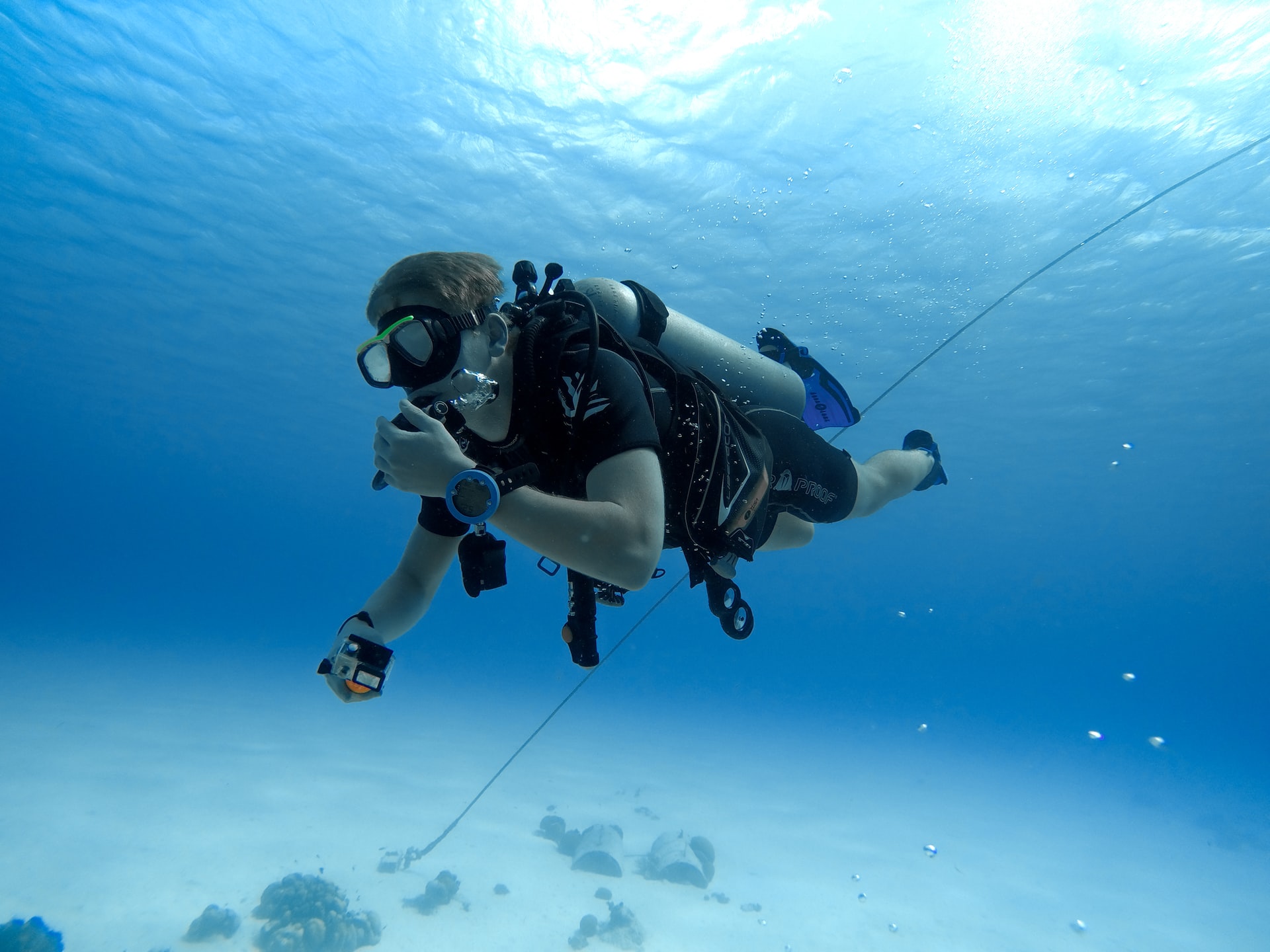
Are Scuba Divers Athletes? All the Facts (+New Competitive Forms)
-
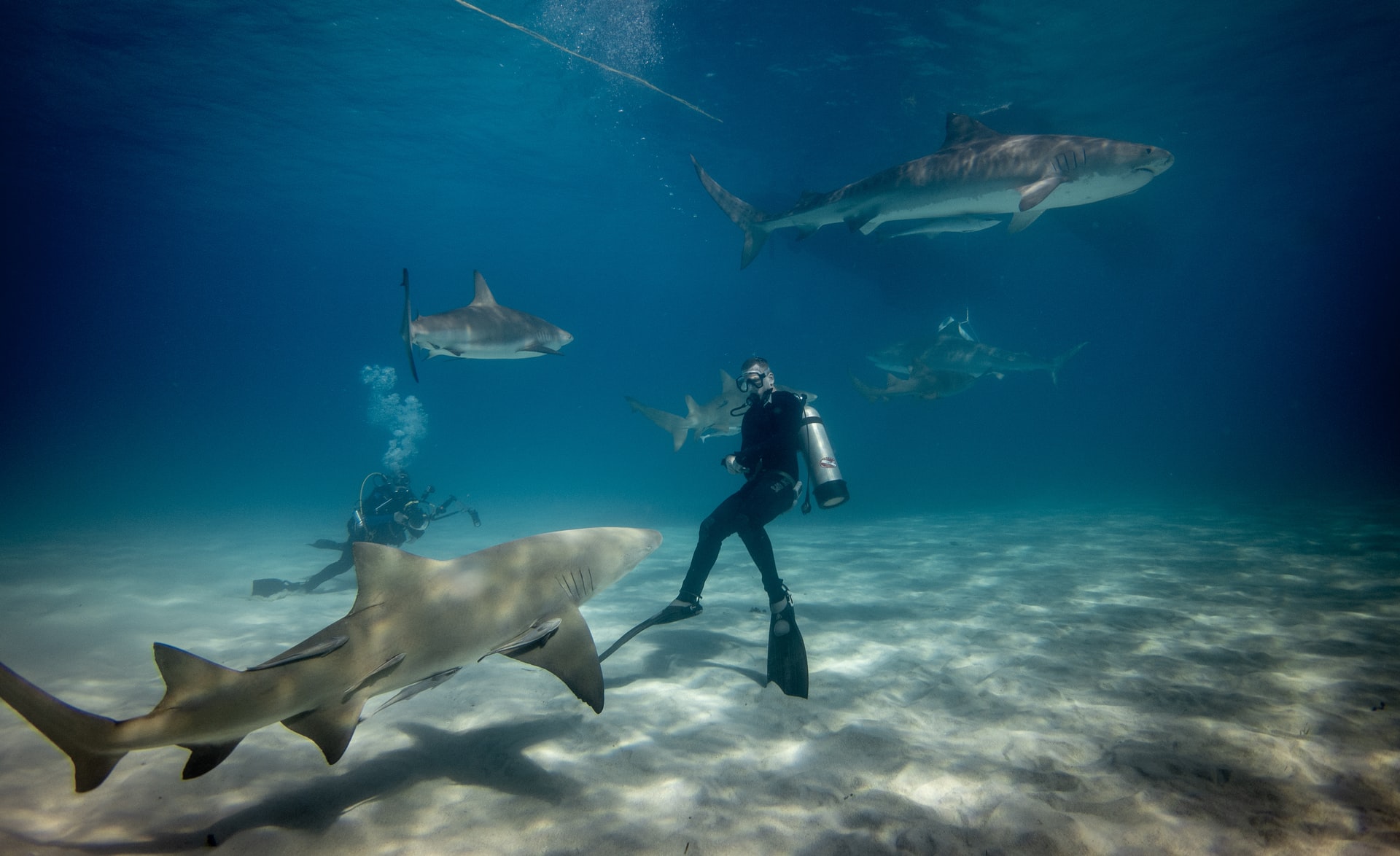
Are Sharks Scared of Scuba Divers? (What Every Diver Must Know)
-
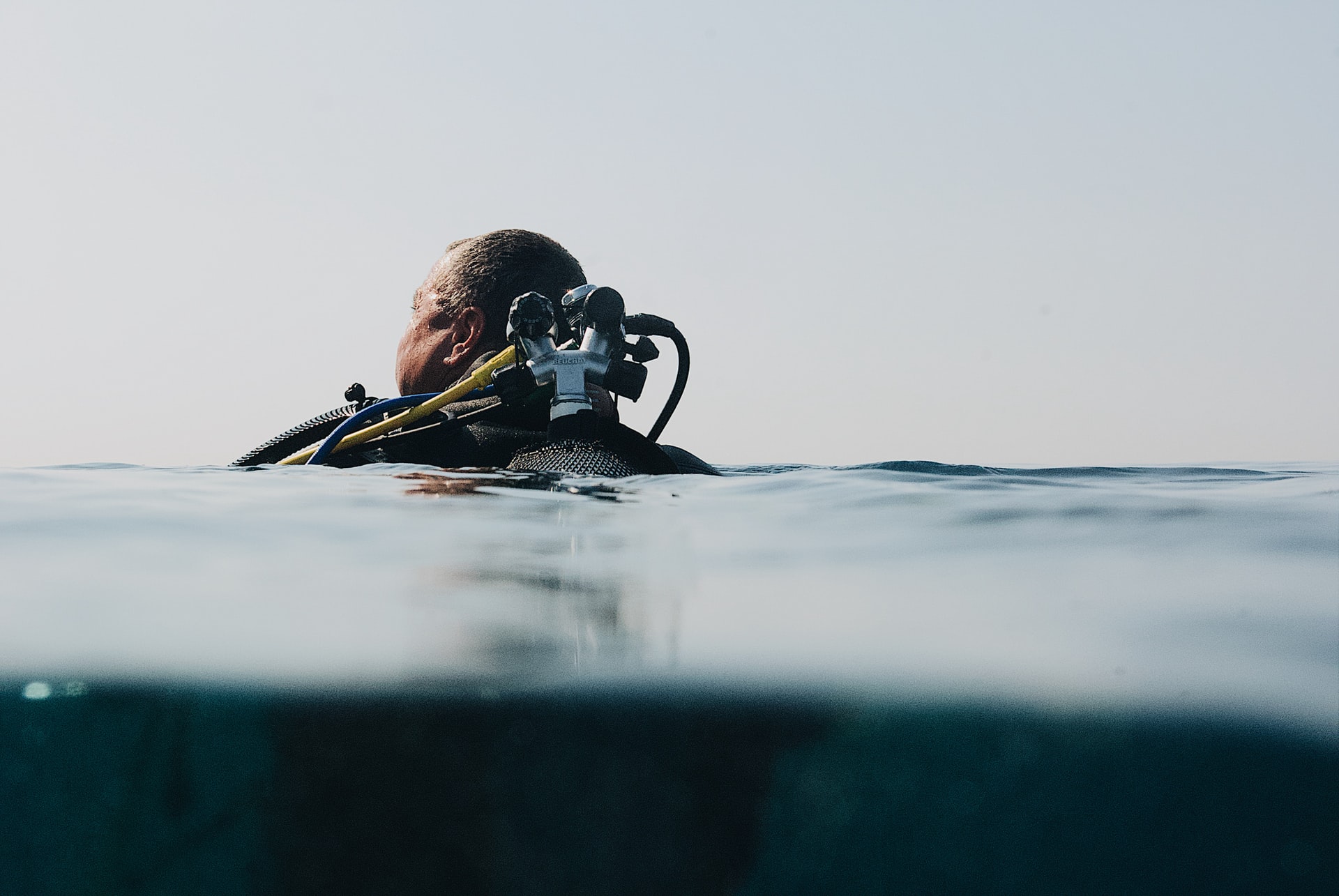
Who Should Not Scuba Dive? 17 Reasons (Every Diver Should Know)
-
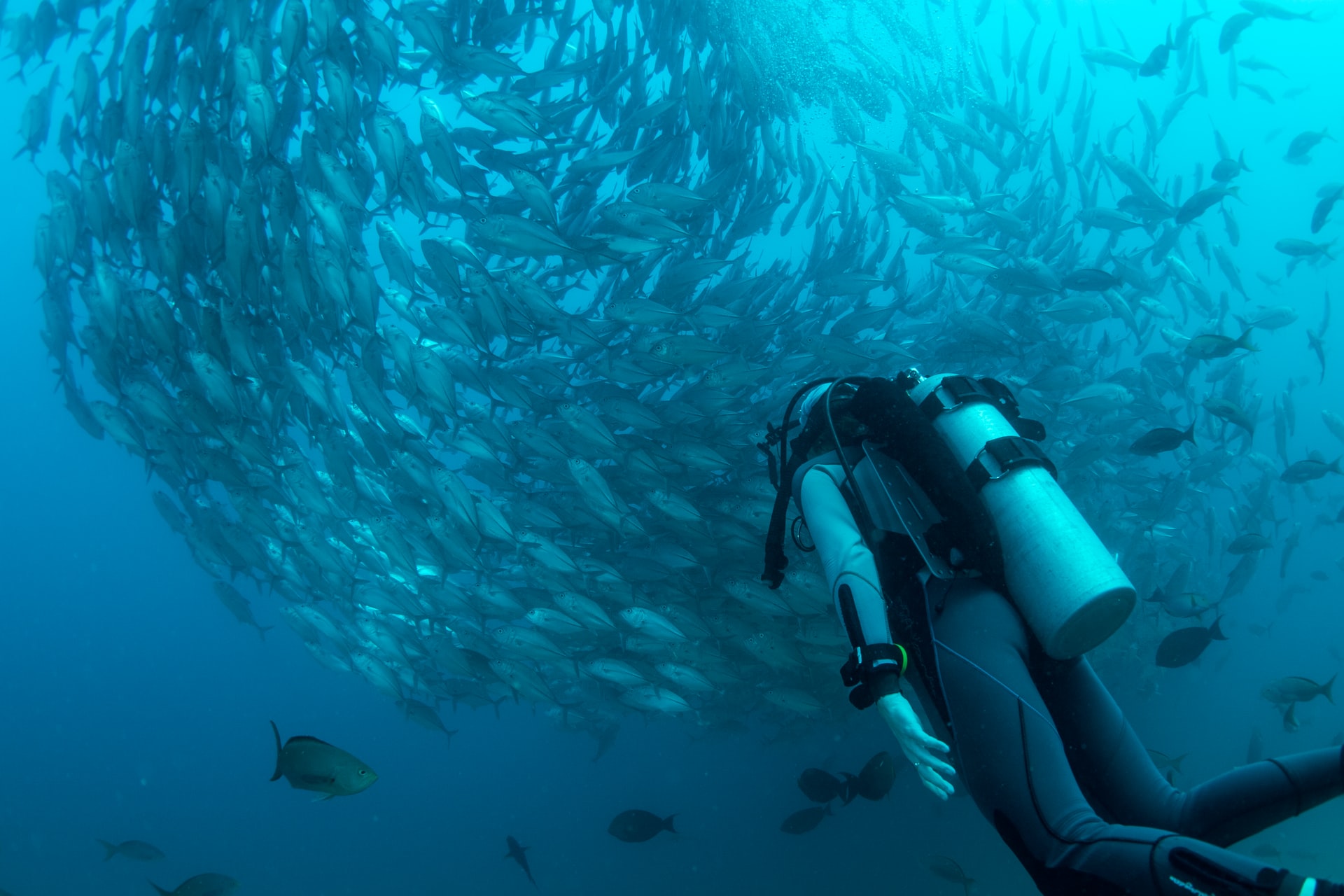
Should I Be Scared of Scuba Diving? 8 Common Fears (Debunked)
-
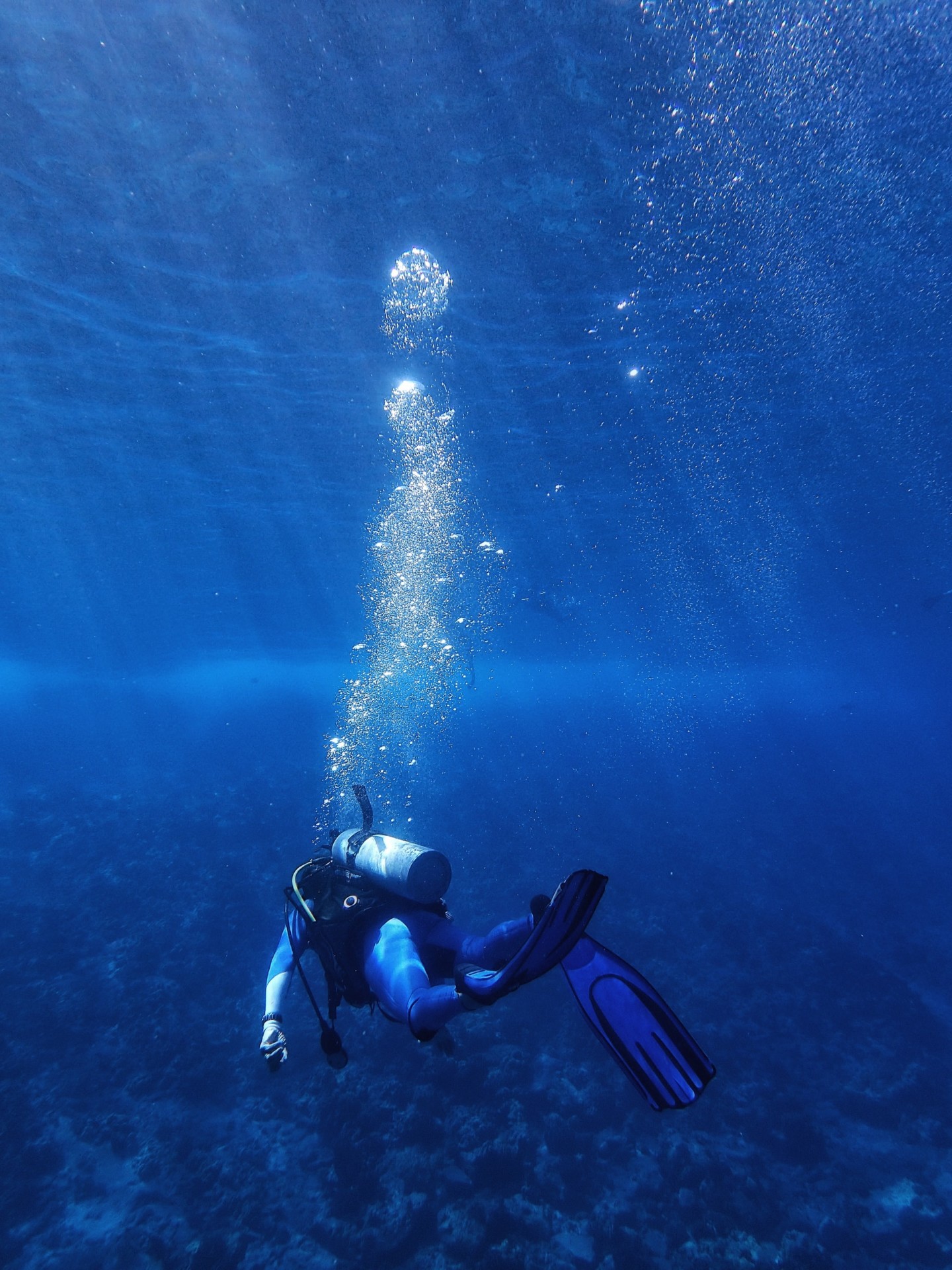
Why Do Scuba Divers Use More Air at Depth? (+4 Practical Tips)
-
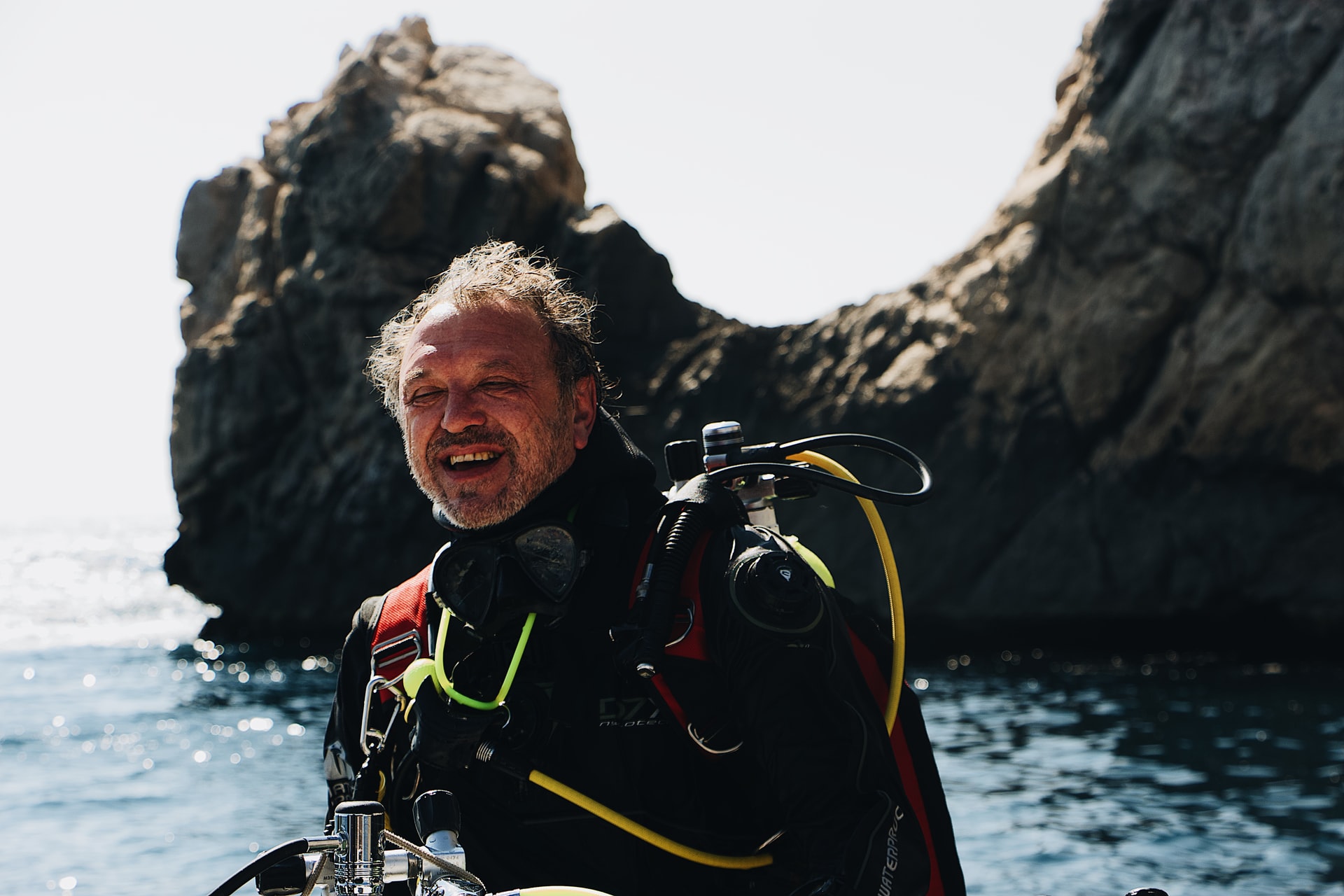
At What Age Should You Stop Scuba Diving? (+9 Tips for Older Divers)
-
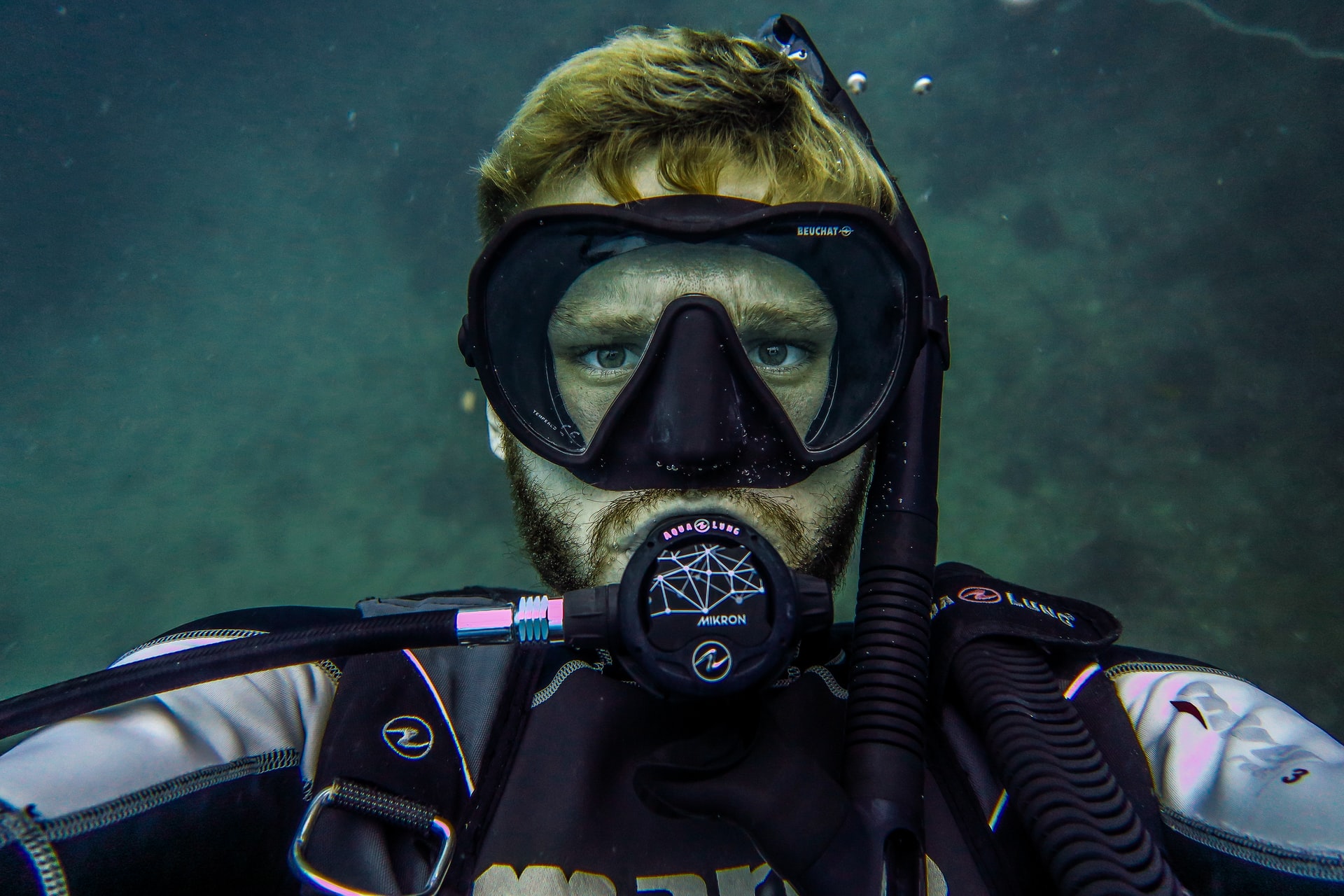
Should I Shave Before Scuba Diving? Crucial Facts (+9 Helpful Tips)
-
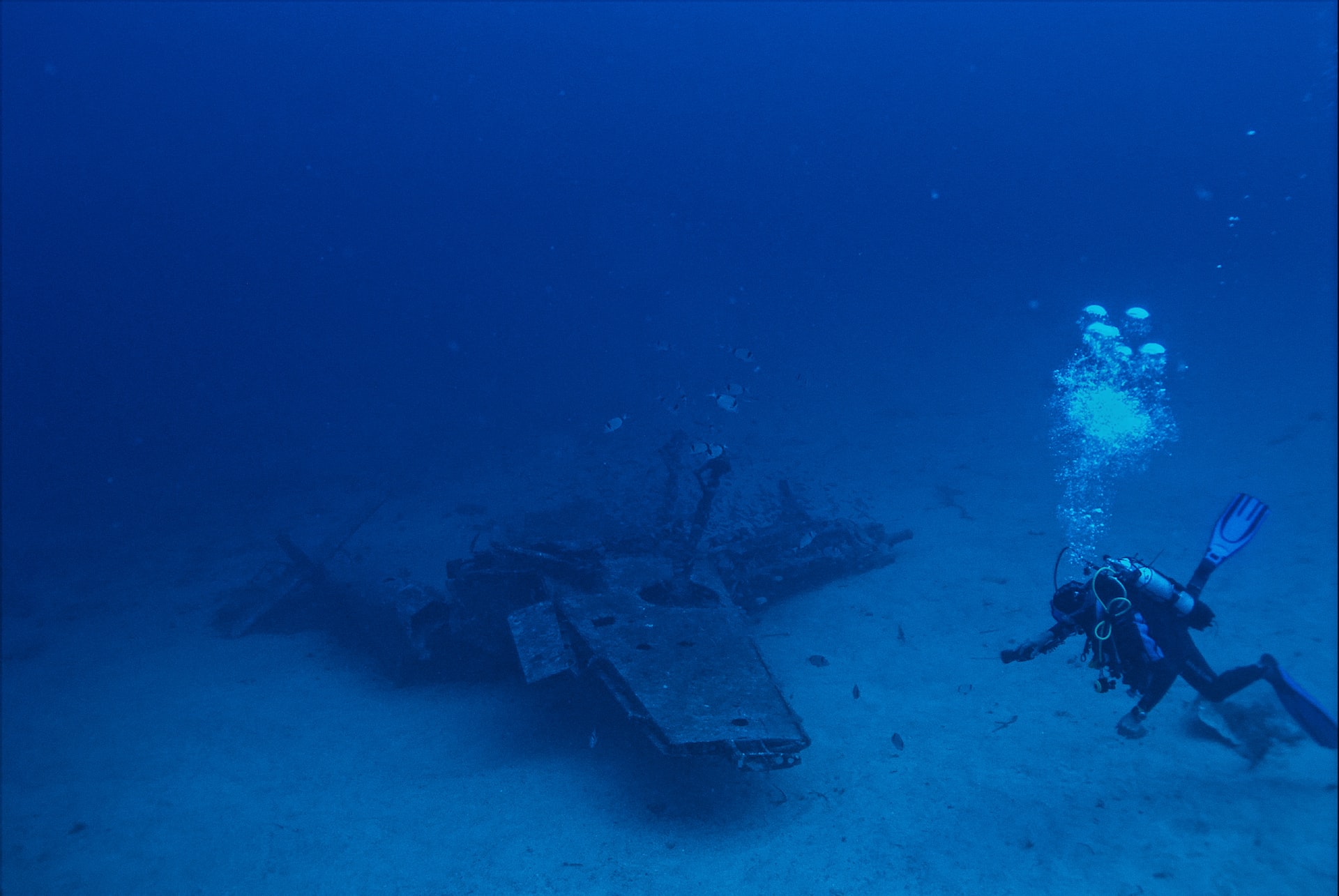
Why Do Scuba Divers Use Helium? (+Its Pros & Cons)
-
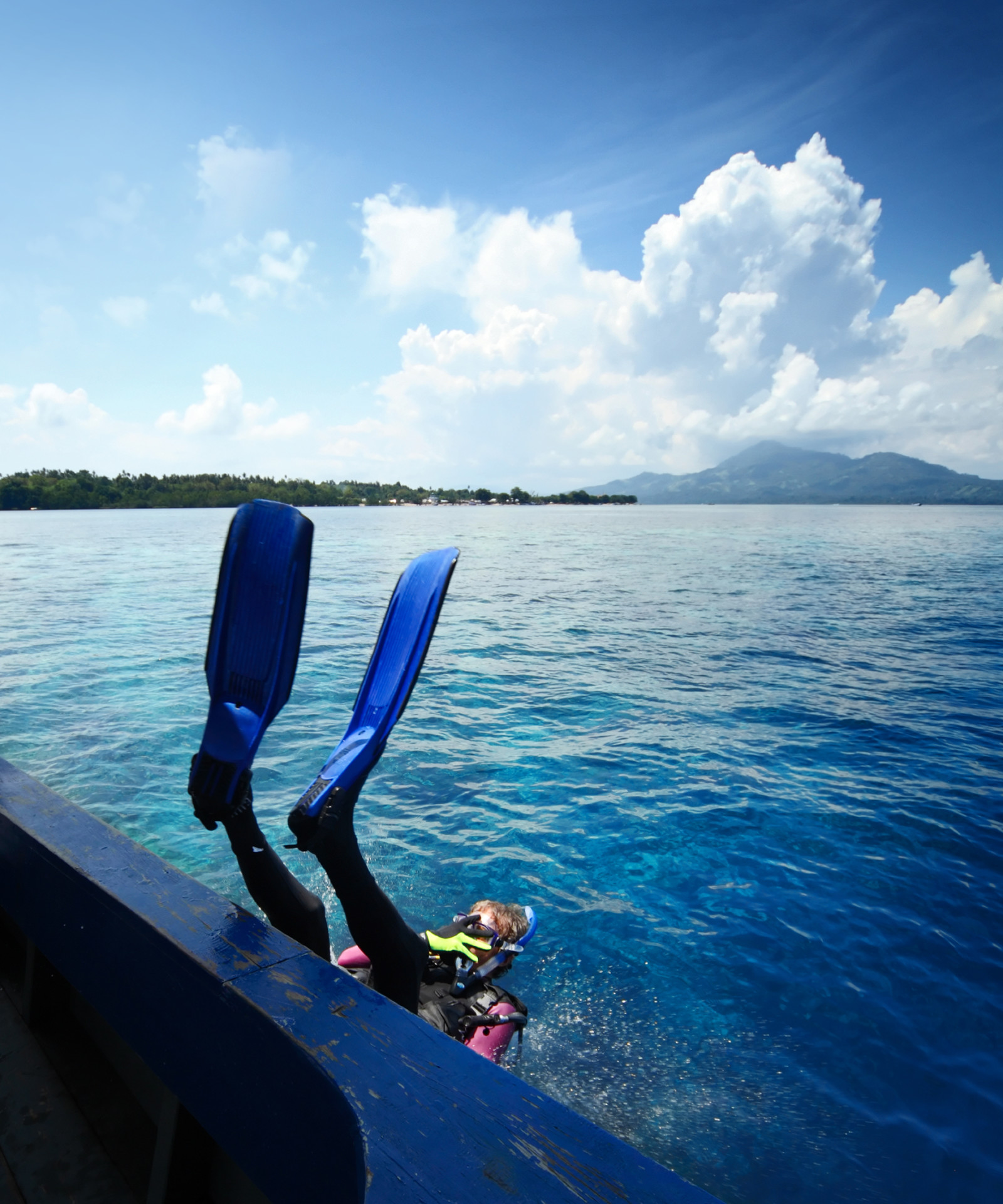
Why Do Scuba Divers Go in Backwards? (+3 Alternative Entries)
-
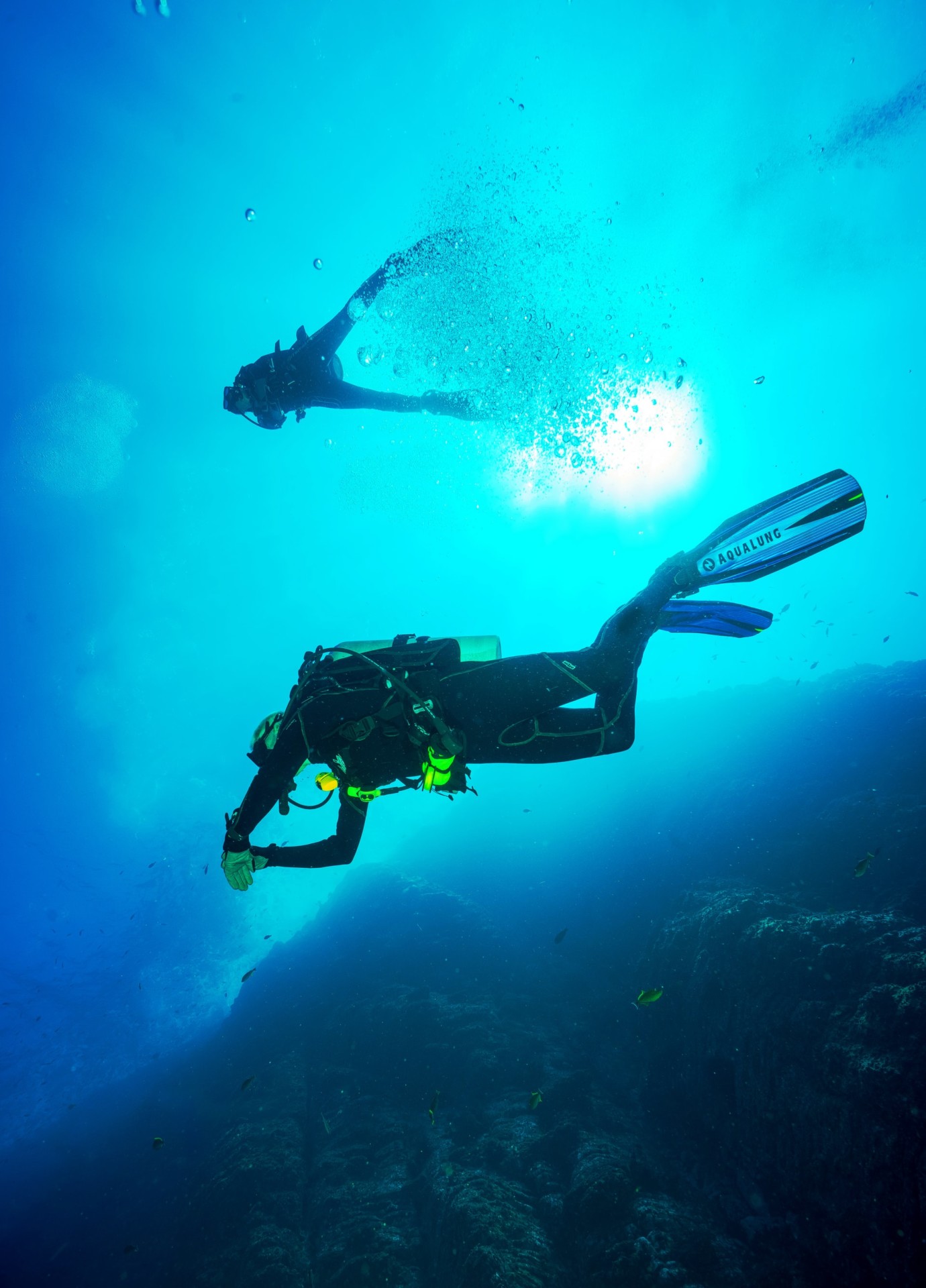
How Do Scuba Divers Sink and Float? (+Tips to Get It Right)

